Where do canned goods come from?
Canning is the process of handling food in such a way as to prevent or slow down its deterioration, loss of quality and nutritional values. This is achieved by preventing the growth of yeast, fungi and other microorganisms and delaying the oxidation of fats.
The history of preservation is linked to human evolution. Food preservation has always been essential to survival. Food reserves were needed to survive long, freezing winters or prolonged droughts.
When agriculture and livestock appeared and the first villages stabilized, it became necessary to store part of the crops and provisions. Humans have gone from being gatherers to being producers.
The rooms and containers used throughout history to preserve food are the result of adaptation to the environment of their inhabitants: granaries to protect grain from rodents were built in the Neolithic, the bottom of caves was used to preserve food because it was a very cool place, pits dug in the ground protected animal food, meat and fish were dried in the air and in the sun. The invention of fired and dried pottery, around 6500 BC, was a major advance in the conservation process.
The first salting and smoking techniques were provided by the Egyptians, and the Greeks discovered that fruits and vegetables were best preserved by covering them with virgin wax. The Romans stored wine for decades in hermetically sealed amphorae and made preserves from fish entrails dried in the sun and then enclosed in sealed amphorae (the famous garum). From the time of the Visigoths, we found jams similar to current ones but made with honey and apples.
But the preservative that revolutionized preservation techniques is cane sugar, native to India, where it was discovered by the Persians, who, when invaded by the Arabs, discovered its cultivation and broadcast in all the countries they occupied.
At this time, in the northern regions of Europe, snow deposits were kept in rooms carved out of stone called "glaciers", accumulating blocks of ice in cold times which served as reserves to preserve food in hot times .
In the 16th and 17th centuries, there were recipes for meats preserved in lard, vegetables in brine, and salted fish, techniques that are still used today. The extraction of sugar from beets in the mid-18th century popularized a method of preservation previously reserved for the wealthy classes: jams.
But the great revolution in food preservation occurred at the beginning of the 19th century in France, thanks to Nicolas Appert, son of an innkeeper and a wine merchant. He was responsible for corking the bottles and realized that, like wine, other foods could be preserved inside them. He ended up creating a confectionery in Paris, but did not forget food preservation: he set up a laboratory, until he was able to ensure the seasonality of the products. He boiled food inside a closed container, so that it remained unaltered for long periods of time, retaining all its odor and taste characteristics.
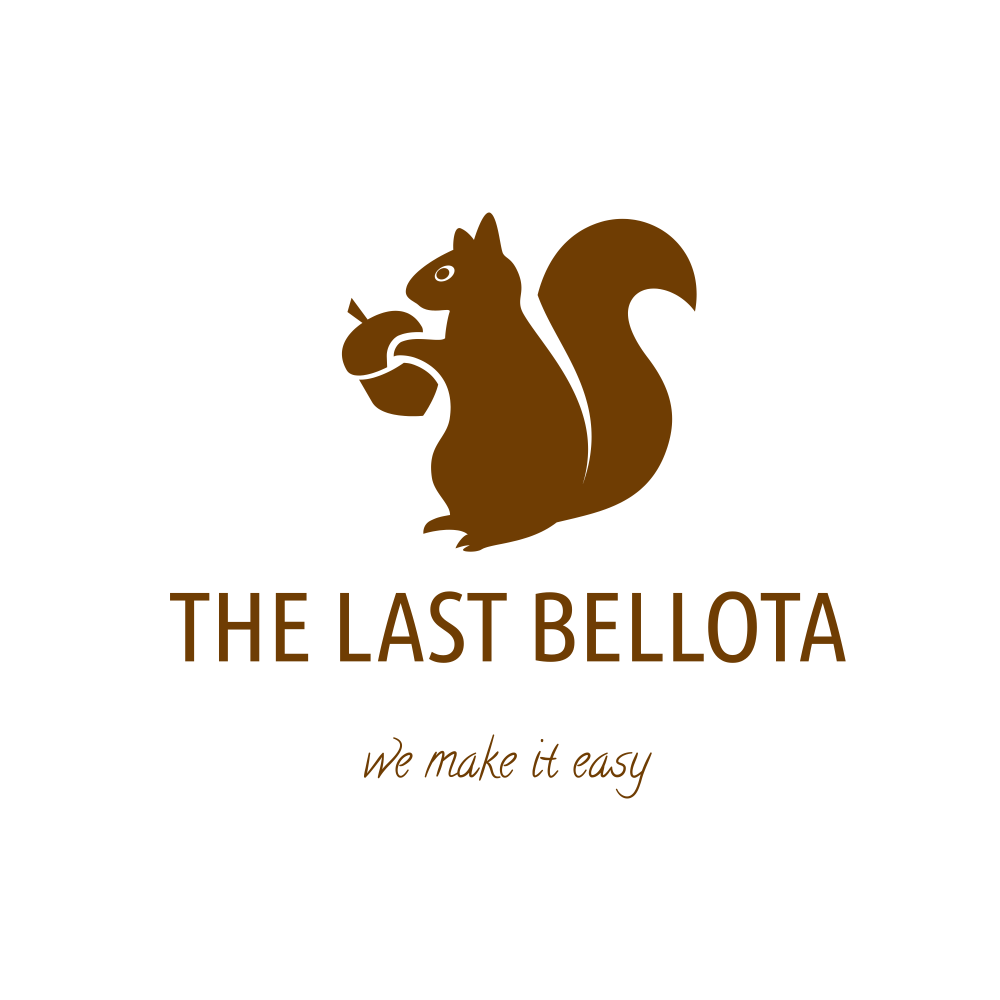
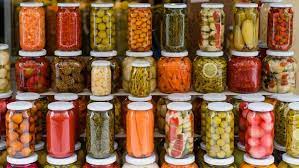
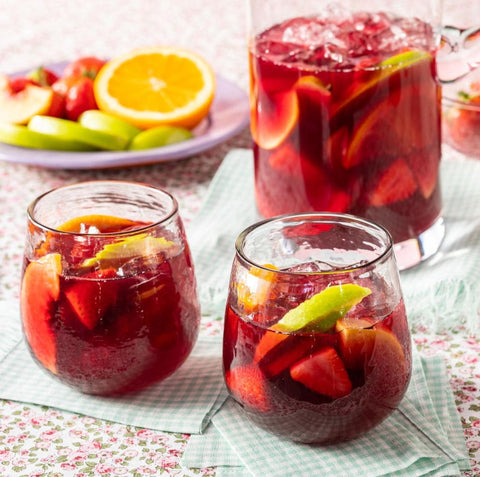
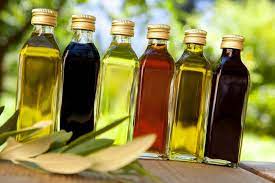
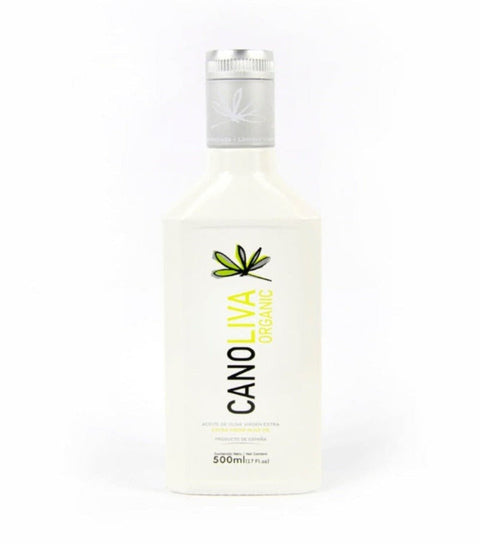
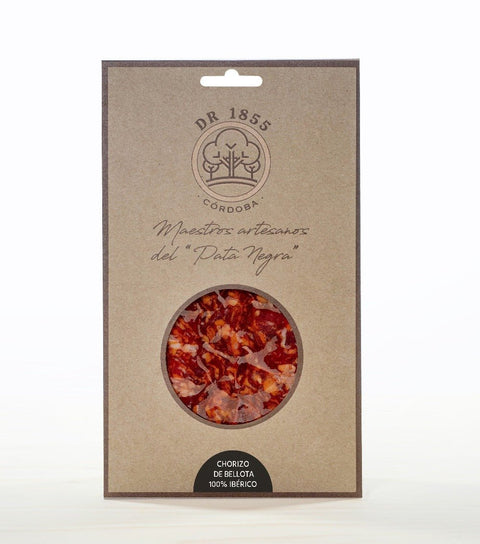
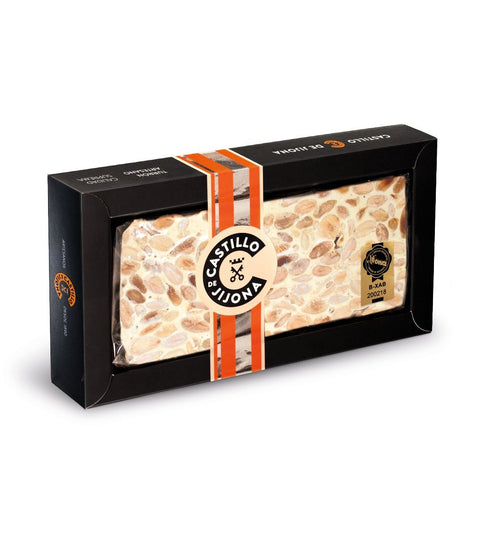
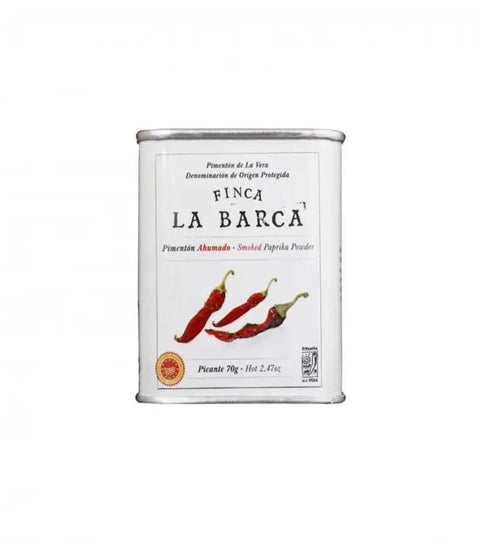
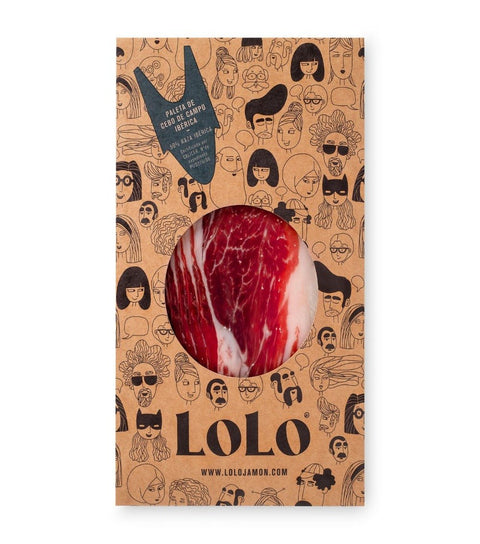
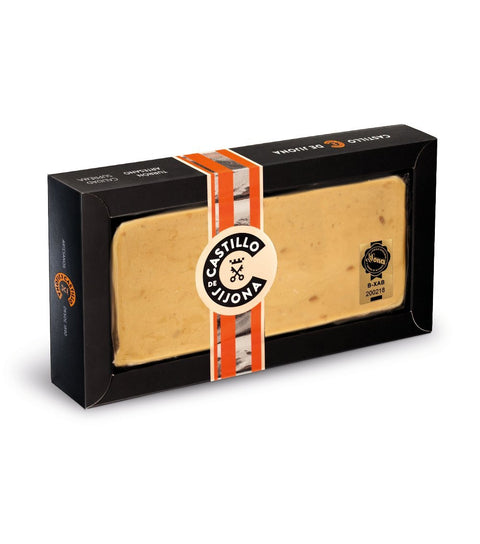
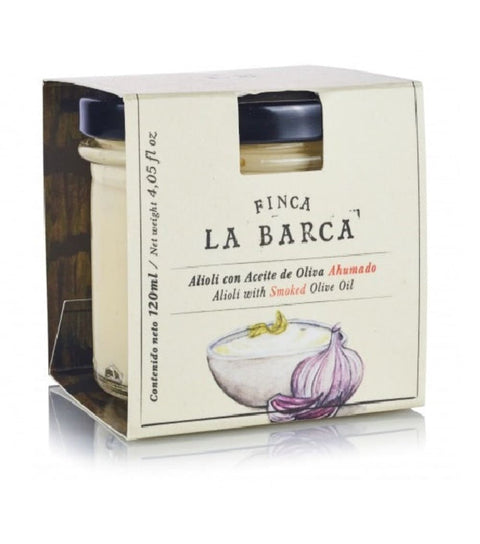
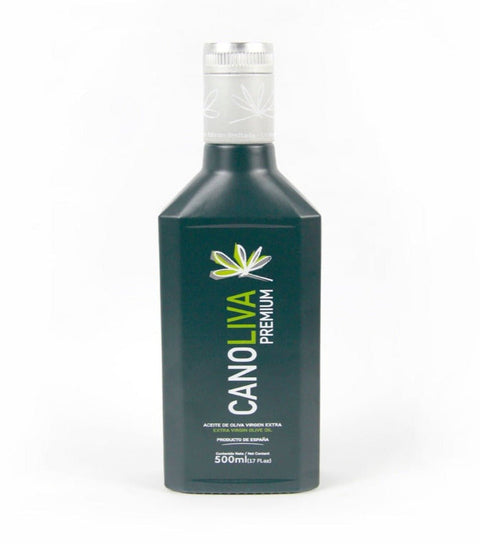
Comments (0)
There are no comments for this article. Be the first one to leave a message!